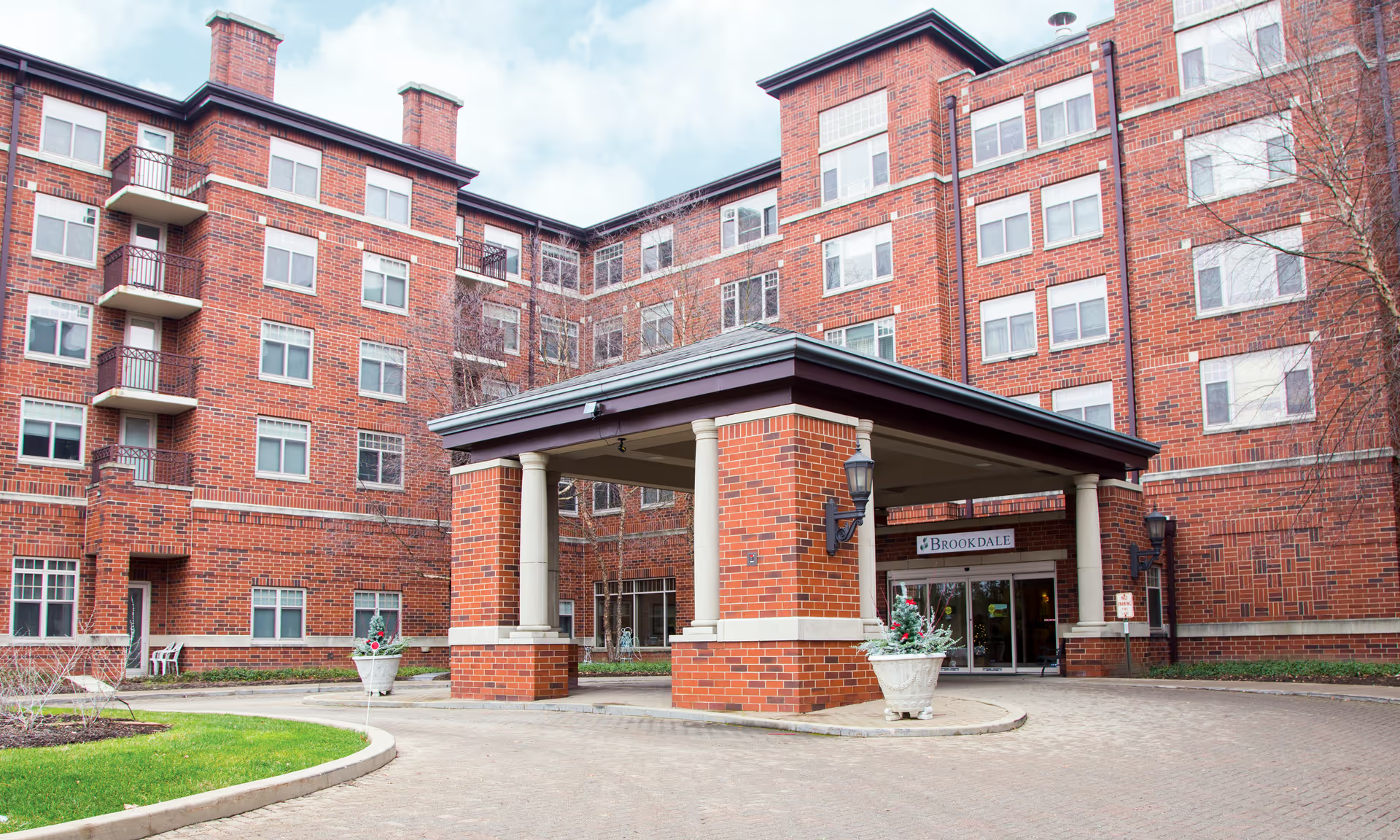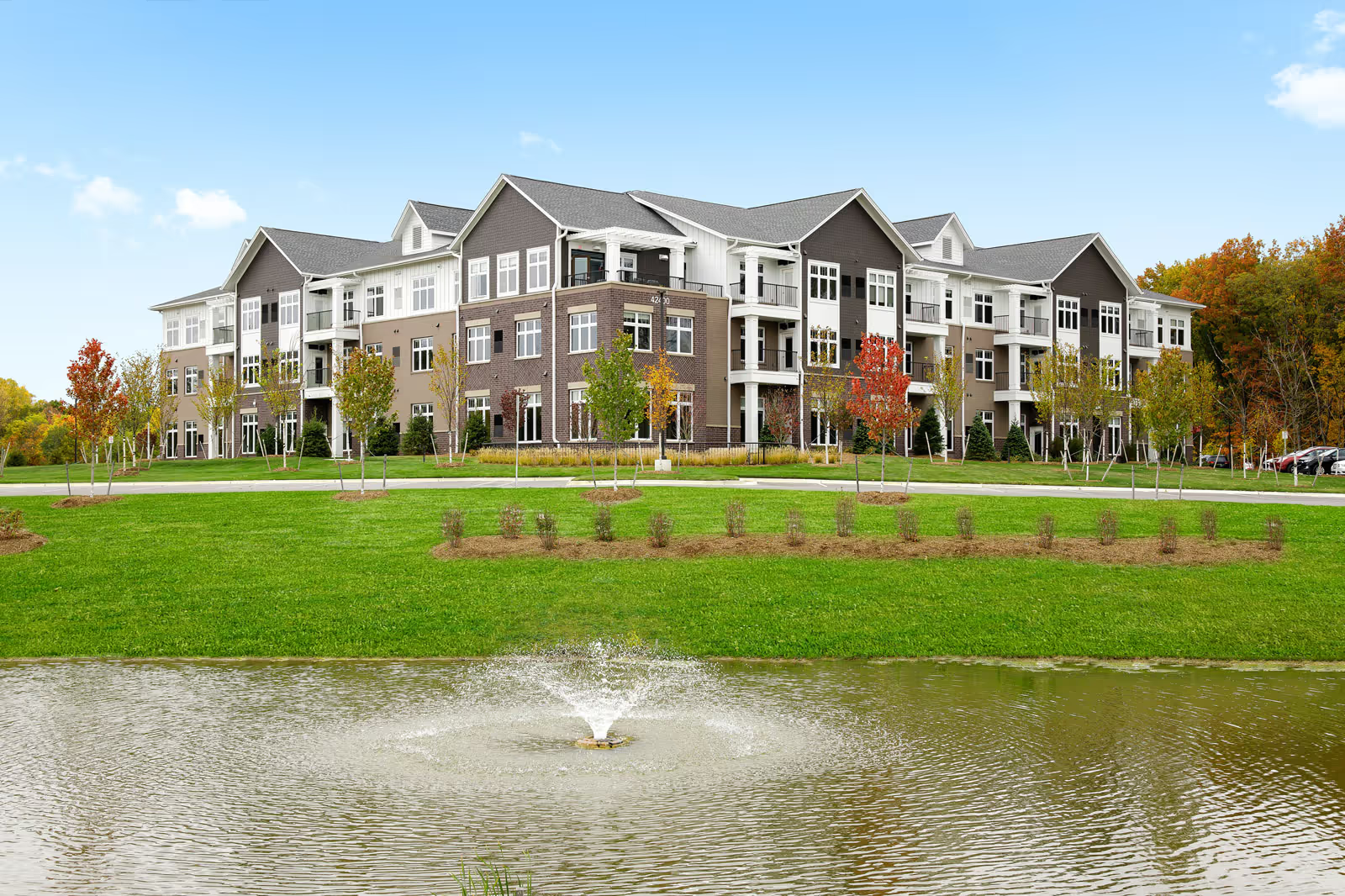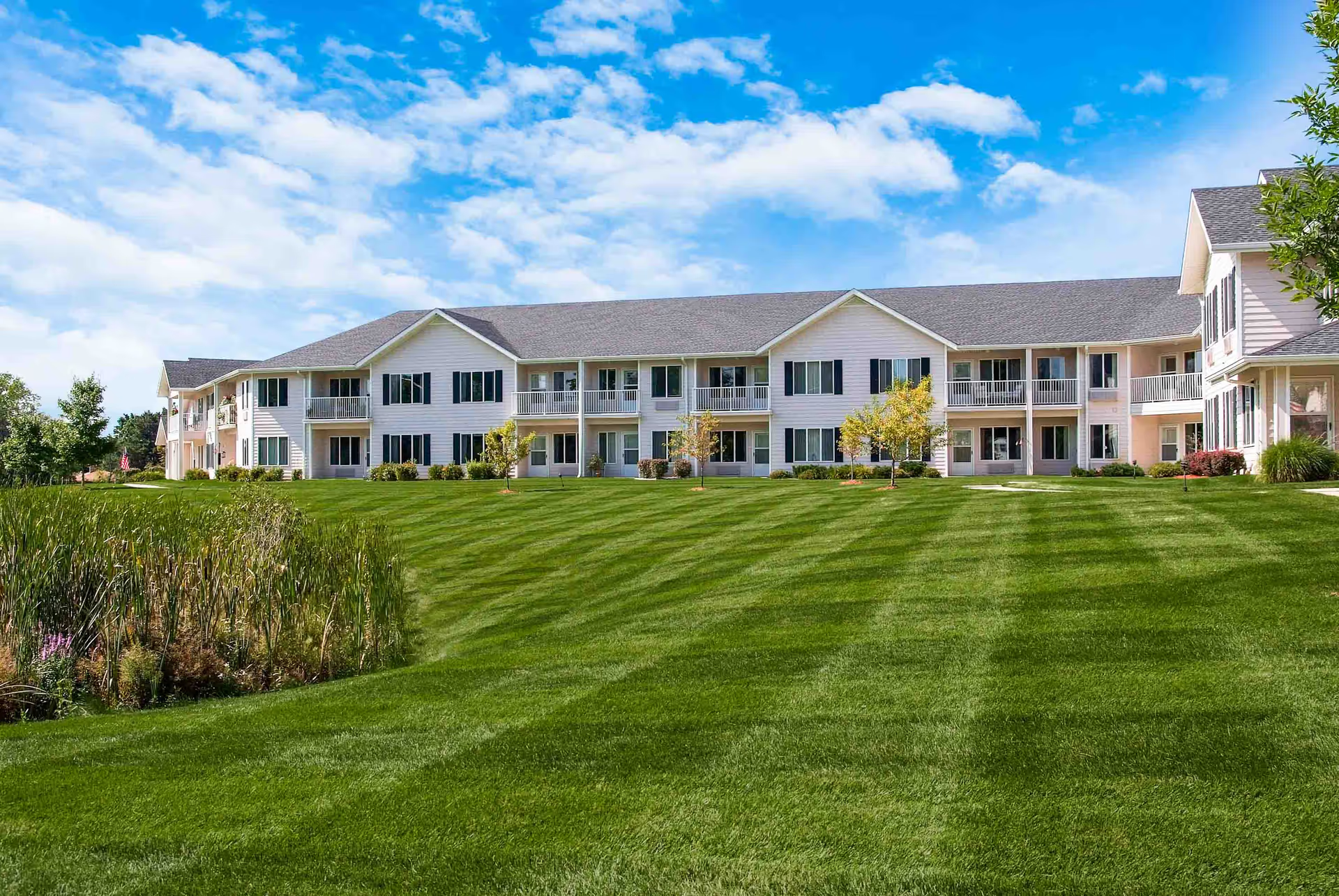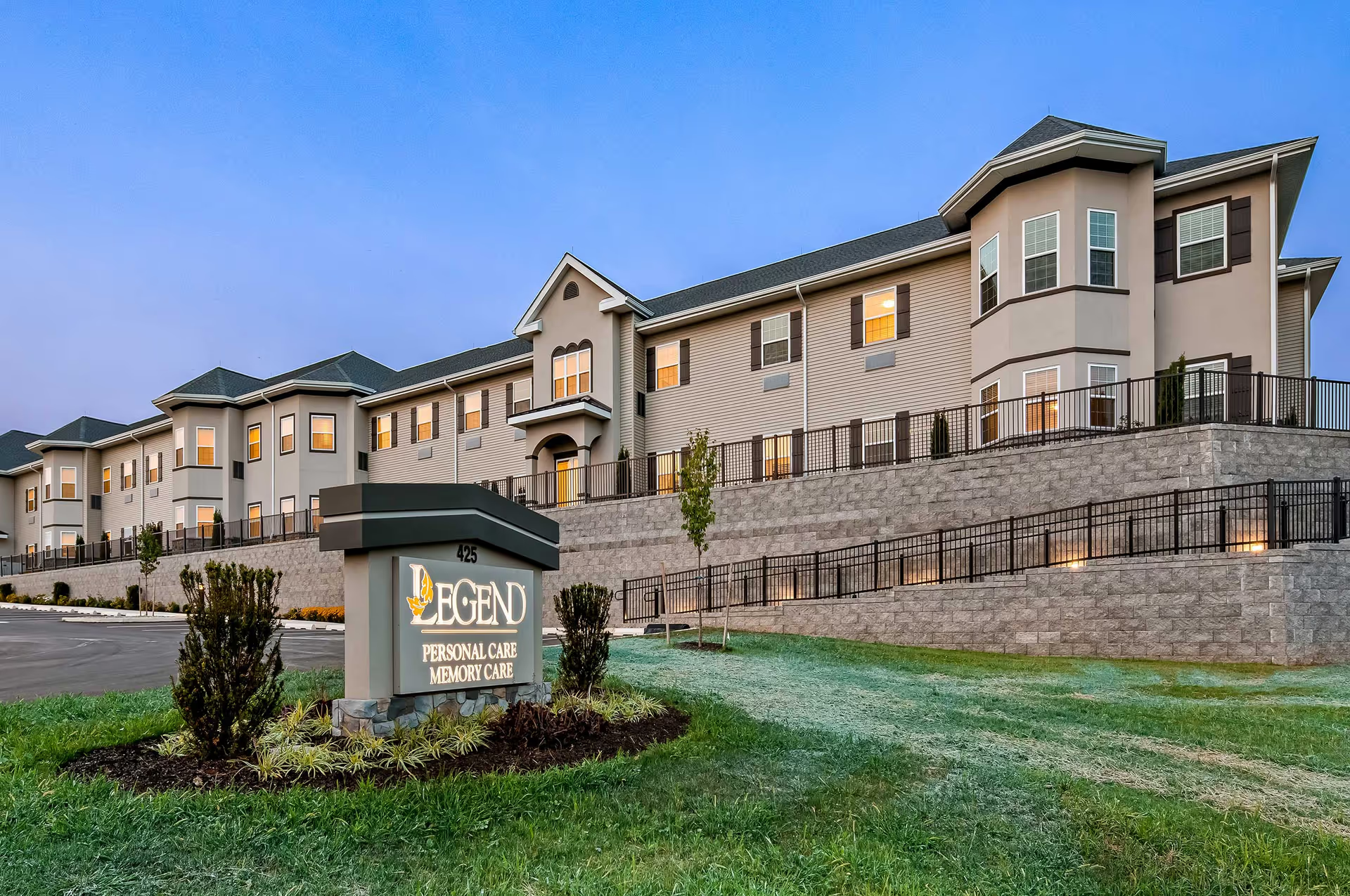Overall sentiment: Reviews for Brookdale Barberton are mixed but lean positive in many critical areas. The facility is frequently praised for its caring, compassionate staff, a strong nursing presence (including 24/7 nursing care and an on‑call nurse practitioner), clean and homey environment, and a robust activity program. At the same time multiple reviewers raised operational concerns — chiefly staffing shortages, inconsistent follow‑through, some serious lapses in care reported by a minority of families, and menu/dietary limitations. The sum of comments paints a picture of a small, community‑oriented assisted living that delivers solid everyday care and social engagement for many residents but also has recurring systems and staffing challenges to be mindful of.
Care quality and staff: The most consistently positive theme is staff dedication. Many reviewers highlight kind, patient, professional nurses and aides who go above and beyond, plus good communication with families and a hands‑on executive director in some cases. Clinical strengths noted include attentive nursing and good day‑to‑day care, with several families explicitly citing 24/7 nursing coverage and an on‑call nurse practitioner. However, multiple reviews point to understaffing, higher workload, and turnover (sometimes attributed to corporate staffing practices). Those operational pressures are associated with occasional oversights — from missed housekeeping tasks to delays in routine duties. A minority of reviews describe serious neglect incidents (e.g., a resident left outside for hours, inadequate hygiene, hospitalization) and reports of lost paperwork (including DNRs) that resulted in adverse outcomes. Reviewers also noted variability in aides’ attitudes and inconsistent responsiveness at times. In short: staff are generally well‑regarded and committed, but staffing shortages and turnover create intermittent lapses that families should probe during a tour.
Facilities and environment: Many reviewers describe Brookdale Barberton as homelike, clean, and cozy. Positive specifics include comfortable common areas, a large front porch, interior courtyard/garden where residents grow vegetables, a small but pleasant outdoor space, private visitation room, secure entry, and apartment features such as walk‑in closets and roomy bathrooms in many units. Amenities like a salon/beauty parlor, whirlpool/spa and physical therapy are mentioned favorably. Conversely, some visitors found rooms small, dark, or older in parts of the building; a few described the property as rundown or in need of updates. Accessibility issues were noted by some families (high cabinets, a bathroom heat problem) and the facility does not maintain a memory care/lockdown unit, making it unsuitable for residents with progressing dementia without a future move.
Dining and dietary concerns: Dining is a frequently discussed area with strong positive and negative notes. Many reviews praise generous portions, homemade meals, desserts, and the use of garden produce; group dining, regular three‑meal service and themed nights (ice cream nights, outings) are well liked. At the same time several reviewers reported limited menu variety (repetitive offerings such as peanut butter, egg salad, grilled cheese), difficulty accommodating vegetarians, requests for substitutions not always honored, and insufficient carbohydrate/nutrition labeling for insulin‑dependent diabetics. Families who have special dietary needs should ask detailed questions about substitution policy, diabetic meal protocols, and how vegetarian or other restrictive diets are accommodated.
Activities and social life: Activity programming is generally a strength. Reviewers mention a busy, varied calendar with daily activities, field trips (Target, outings), bingo, holiday events that invite family participation, church groups, Oktoberfest and other special programs. The facility’s small size contributes to a family‑like atmosphere and personalized attention to resident interests. That said, a few reviews described a temporary reduction in activities when the activity director role was vacant, and some residents simply chose not to participate — so actual engagement can vary by unit and individual preferences.
Management, communication and costs: Communication is often highlighted as a positive — families receive good updates, newsletters and invitations, and move‑in staff are described as helpful and familiar with the area. Yet others experienced slow responses, delayed information, appointment mix‑ups, and administrative gaps. Several reviews mention additional fees and a higher base price; Brookdale Barberton appears to be private‑pay only and not Medicaid‑approved, with seasonal discounts sometimes offering better value. Some families expressed concern about being charged for services they felt were not delivered. Veterans benefits information and hospice services are available and praised by some families.
Safety, suitability and notable patterns: A consistent pattern is that the facility fits residents who need assisted living level care in a small, personal community and who value social programming and a homelike environment. It is less suitable for people who need secured memory care, Medicaid funding, or complex, consistent end‑of‑life clinical management without hospice. Safety concerns raised by a minority of reviewers (serious neglect cases, lost DNRs, inconsistent monitoring) merit careful inquiry. Prospective families should ask about staffing ratios, turnover rates, incident reporting, medication management practices, emergency procedures, and how behavioral or wandering risks are handled.
Conclusion and recommendations: Brookdale Barberton offers many strengths — compassionate staff, clinical nursing coverage, a clean homelike setting, active programming, and several amenities — making it a strong fit for families seeking an intimate assisted living environment with private‑pay financing. However, reviewers repeatedly recommend doing a thorough on‑site evaluation focused on staffing stability, dietary accommodations, documentation practices, and memory‑care limitations. Key questions to ask during a visit: current staffing ratios and turnover, how they handle dietary/diabetic needs and substitutions, policies for documentation/advance directives, examples of how they manage clinical incidents, whether they have contingency plans for activity staffing gaps, and a clear list of fees and services included versus billed separately. Those steps will help families weigh the generally positive atmosphere and services against the important operational and safety concerns reported by some reviewers.







